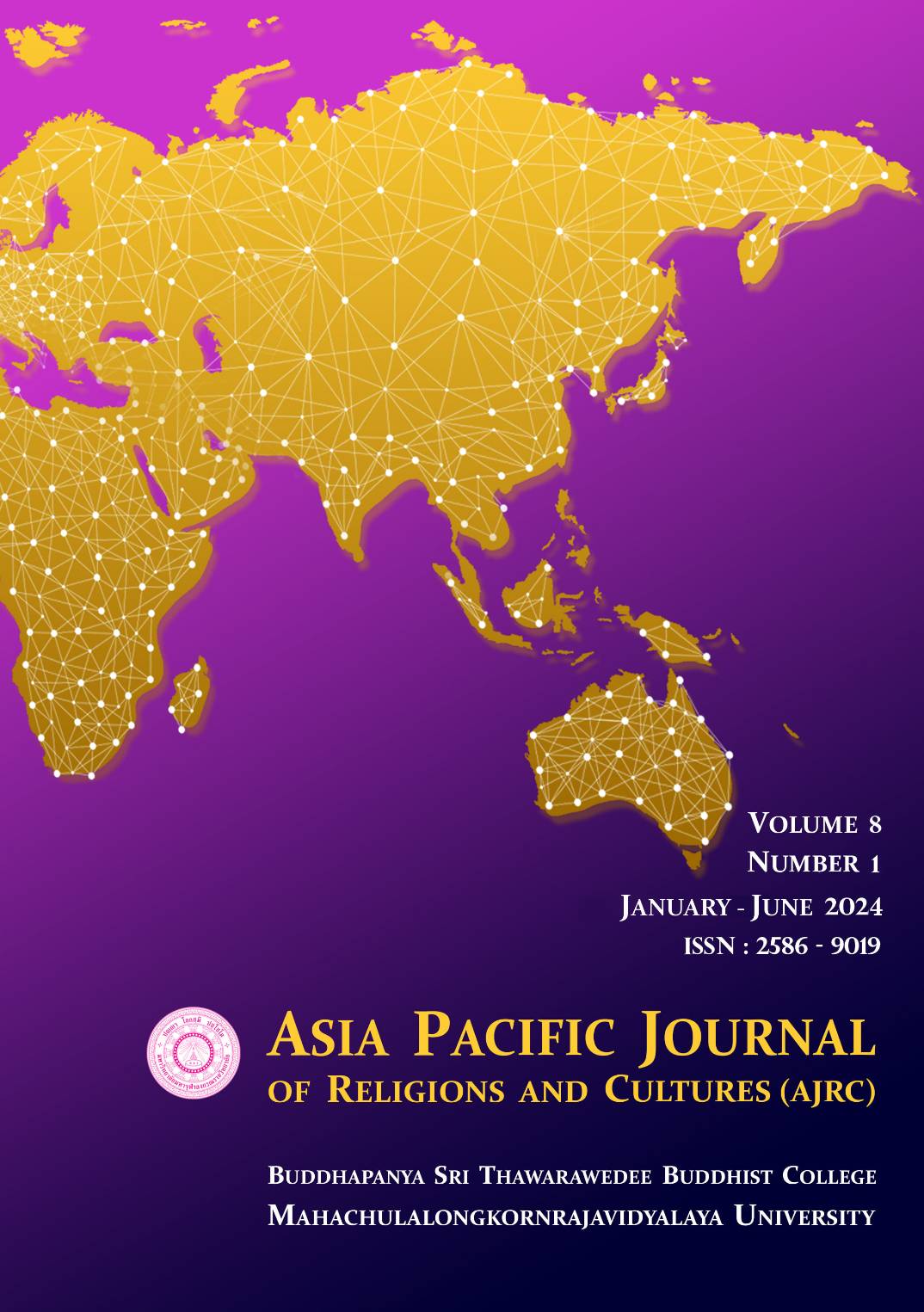Willingness of Digital Transformation of Chinese (Xiamen) Enterprises: Technology Acceptance Model with Perceived Risk
Main Article Content
Abstract
This article aims to study the relevant factors that influence the willingness and behavior of digital transformation enterprises. Whether manufacturing enterprises can realize digital leapfrog development is a question worth pondering. It is imperative to embed digital technology into the traditional manufacturing industry and promote its transformation. We take Xiamen's manufacturing industry as the research object, combined with the actual development of the current enterprises’ digital transformation, on the basis of the original technology acceptance model (TAM), adding the variable of perceived risk, and constructing the extended technology acceptance model. We use the structural equation model and questionnaire method, and we find that perceived usefulness and perceived ease of use have a positive impact, perceived risk has a negative impact, and perceived usefulness has a mediating effect between perceived ease of use and digital transformation attitudes, and digital transformation attitudes are perceived risk and digital transformation. There is a mediating effect between willingness. The digital transformation attitude produces a positive effect on the digital transformation intention, and the digital transformation intention also produces a positive effect on the digital transformation behavior. Our results provide insight into the measures to promote the digital transformation of enterprises.
Article Details

This work is licensed under a Creative Commons Attribution-NonCommercial-NoDerivatives 4.0 International License.
References
Alalwan A A, Dwivedi Y K & Rana N P P. (2016). Consumer adoption of
mobile banking in Jordan: Examining the role of usefulness, ease of use, perceived risk and self-efficacy. Journal of Enterprise Information Management.
Bauer R.A. (1960). Consumer behavior as risk taking in dynamic marketing
for a changing world. American Marketing Association, Chicago, 389-398.
Coile Jr R C. (2000) The digital transformation of health care. (Health Care
Meets E-Commerce). Physician Executive, 26(1), 8-15.
Featherman M S & Pavlou P A. (2003). Predicting e-services adoption: a
perceived risk facets perspective. International Journal of Human-Computer Studies, 59(4),451-474.
Hansen J M, Saridakis G & Benson V. (2018). Risk, trust, and the interaction
of perceived ease of use and behavioral control in predicting consumers’ use of social media for transactions. Computers in human behavior, 80, 197-206.
Hayes A F. (2012). PROCESS: A versatile computational tool for observed
variable mediation, moderation, and conditional process modeling.
Kang J W & Namkung Y. (2019). The information quality and source
credibility matter in customers’ evaluation toward food O2O commerce. International Journal of Hospitality Management, 78, 189-198.
Kidd J B, Fischoff B & Lichtenstein S. (1983). Acceptable risk. Journal of the
Operational Research Society, 34(1),93.
Morton, M. (1991). The corporation of the 1990s: information technology
and organizational transformation. Journal of Engineering & Technology Management, 10, 190-193.
Majchrzak, A. (2016). Designing for digital transformation: Lessons for
information systems research for the study of ICT and societal challenges. MIS Quarterly, 40(2), 267-277.
Nazir M U, Yasin I & Tat H H. (2021). Destination image's mediating role
between perceived risks, perceived constraints, and behavioral intention.
Heliyon, 7(7), e07613.Sitkin S B & Pablo A L. (1992). Reconceptualizing the
determinants of risk behavior. Academy of Management Review, 17(1), 9-38.
Valdez-De-Leon, O. (2016). A digital maturity model for
telecommunications Service Providers. Technology Innovation Management Review, 6(8): 19-32.
Vial, G. (2019). Understanding digital transformation: A review and a
research agenda. The Journal of Strategic Information Systems, 28(2), 118-144.
Zhang T, Tao D, Qu X, Zhang X &Lin R. (2019). The roles of initial trust and
perceived risk in public’s acceptance of automated vehicles. Transportation Research Part C: Emerging Technologies, 98,207-220.


